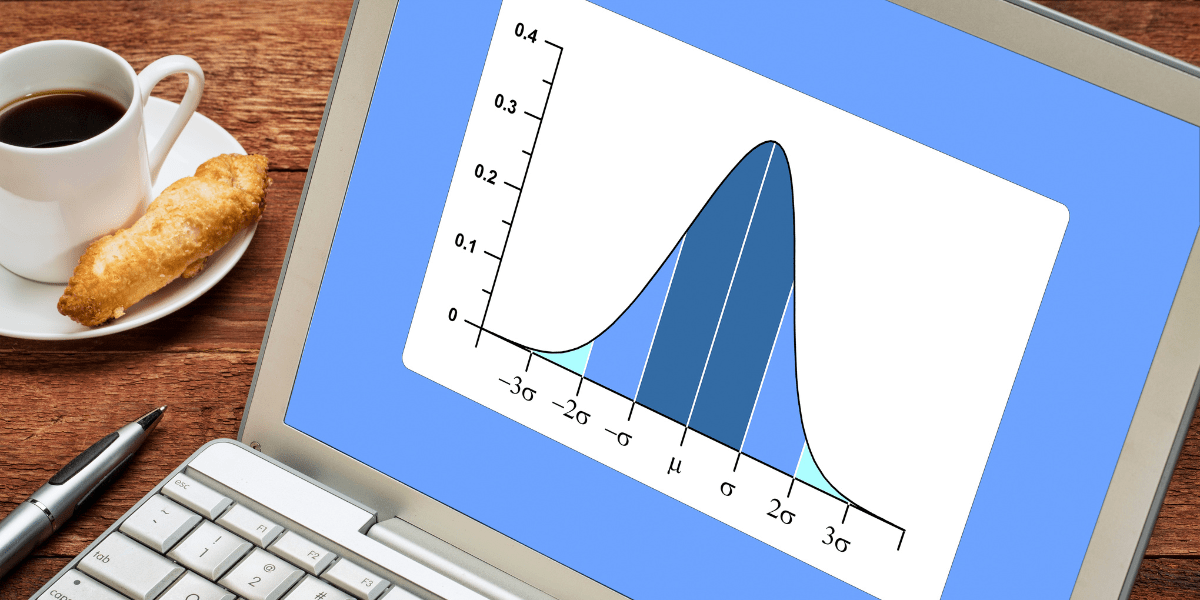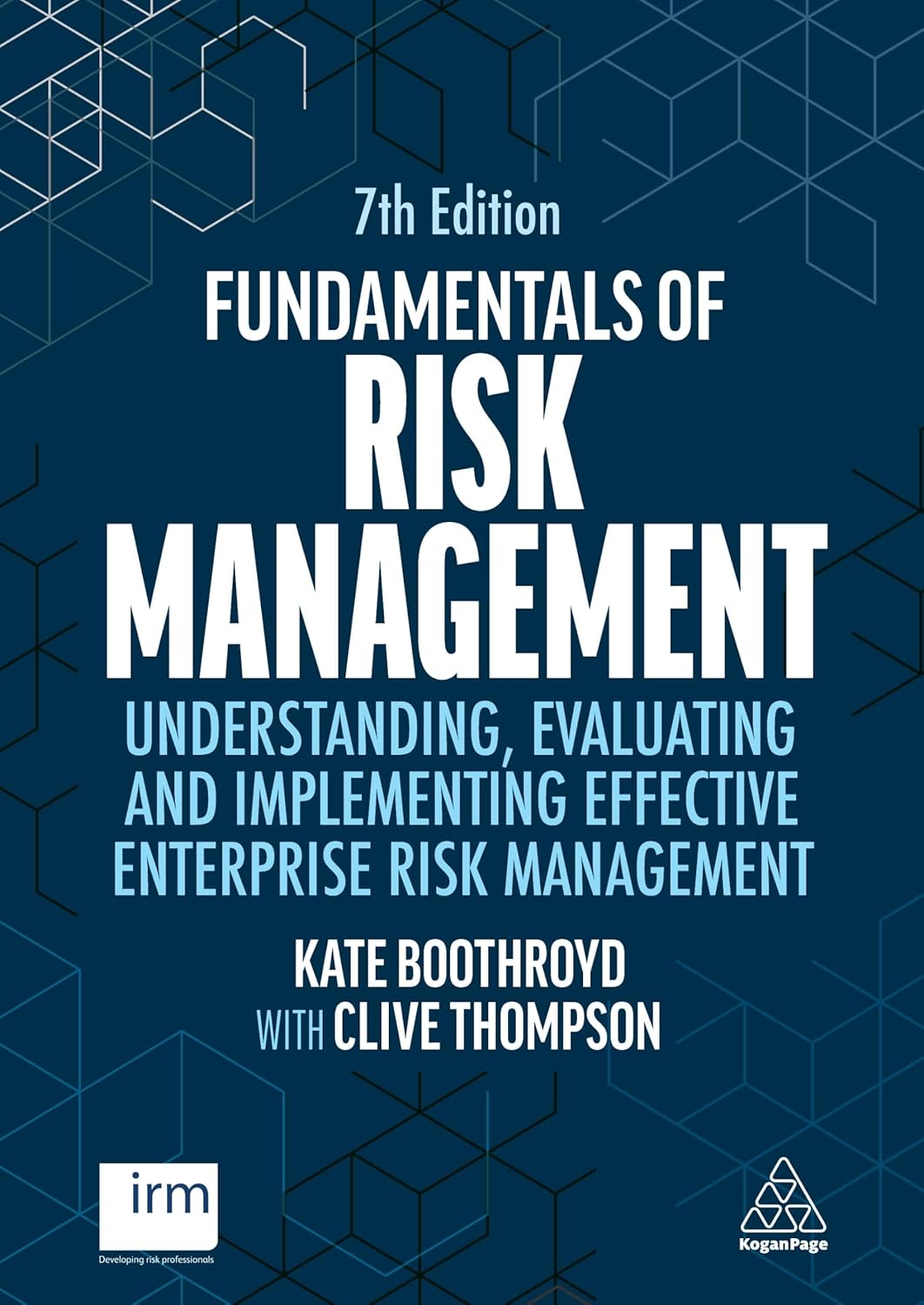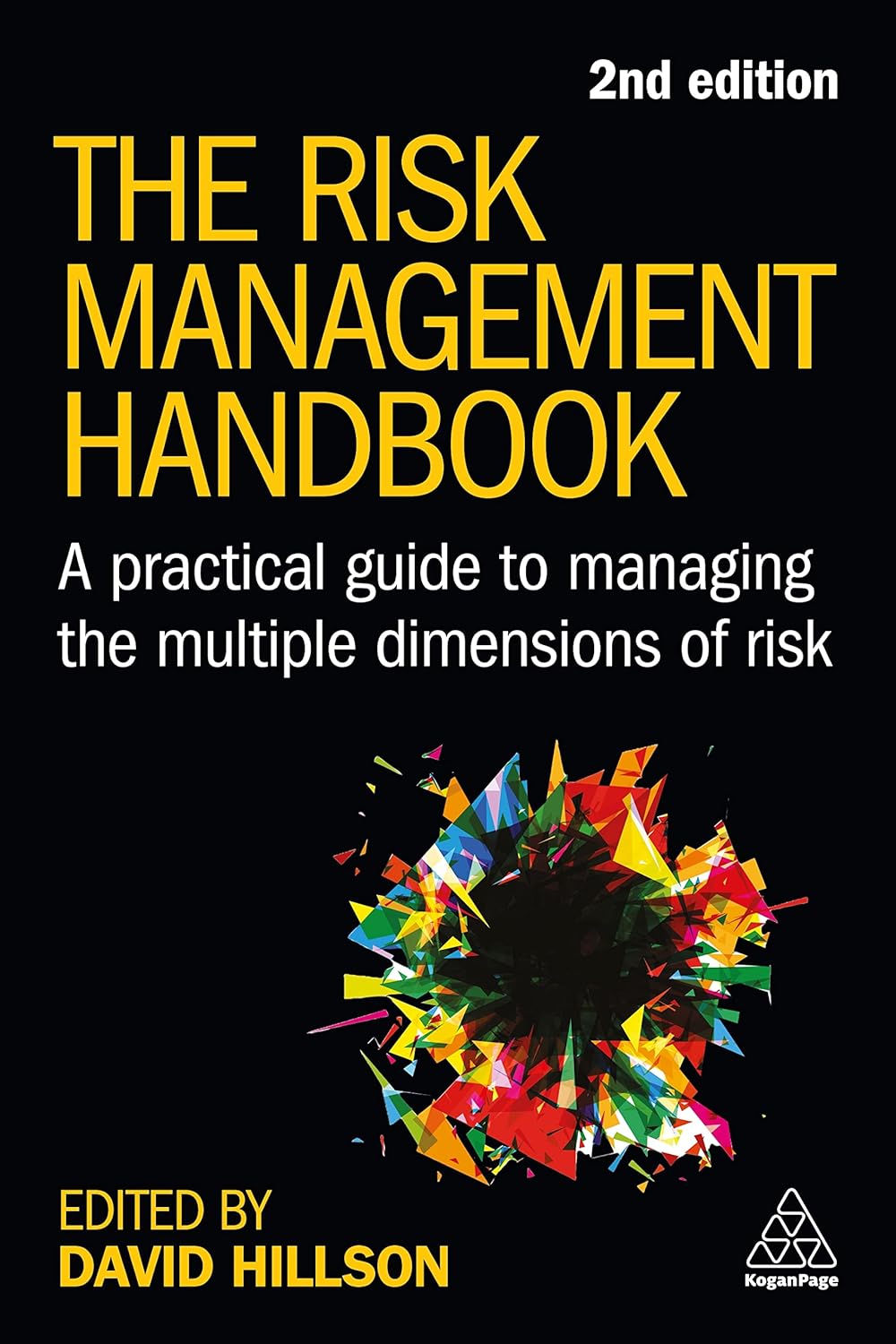
Risk Report
What is a Risk Report?
A risk report is a formal project management document that identifies, analyzes, and communicates the potential risks that could impact a project’s objectives. It presents both qualitative and quantitative assessments of risks and helps stakeholders understand the likelihood, impact, and mitigation strategies associated with each risk. This document is usually updated regularly and serves as a key input for informed decision-making throughout the project lifecycle.
Project managers use this report to inform sponsors, team members, and other stakeholders of current and emerging threats. It supports transparency and accountability by showing how risks are monitored and controlled. The format and frequency of a risk report may vary depending on the project’s size, complexity, and phase.
Key Points
- A risk report summarizes identified risks, their status, and responses.
- It typically includes a risk register, impact analysis, and status updates.
- Reports are often created on a scheduled basis or after major project milestones.
- It enables risk-based decision-making and enhances project resilience.
- The content should be clear, concise, and tailored to the audience’s needs.
Related Terms
- A risk register is a tool for organizing individual risks, including details such as the risk owner, severity, and mitigation actions.
- The risk management plan outlines how the project team identifies, assesses, and handles risks during the project.
- A status report may incorporate risk reporting as part of broader project updates to stakeholders.
- Qualitative risk analysis assesses the probability and impact of risks using subjective methods.
- Quantitative risk analysis uses numerical data to measure risk exposure and potential project outcomes.
Risk Report: Example
In a construction project, the project manager prepares a monthly risk report. This report lists all known risks, such as supply chain delays, regulatory changes, and weather disruptions. The report ranks each risk by likelihood and potential impact. For instance, the report marks a delay in steel deliveries as high likelihood and high impact, with mitigation actions like securing alternate suppliers. The project manager presents the report to the sponsor during regular review meetings to support ongoing planning.
Risk Report: Best Practices
- Keep the report concise and focused on the most significant risks.
- Use clear visuals such as risk heat maps to enhance understanding.
- Update the report regularly to reflect changes in risk status.
- Engage stakeholders in risk identification and validation.
- Align the report format and content with project governance standards.
Additional Resources
Preparing for a PMI certification?
- Exam Prep Courses: PMP®, CAPM®, and PMI-ACP®
- Exam Simulators: PMP®, CAPM®, PMI-ACP®, PMI-PBA®, PMI-RMP®, PMI-SP®, PgMP®, and PfMP®
- Professional Development Units (PDUs): 15, 30, and 60 PDU Bundles




